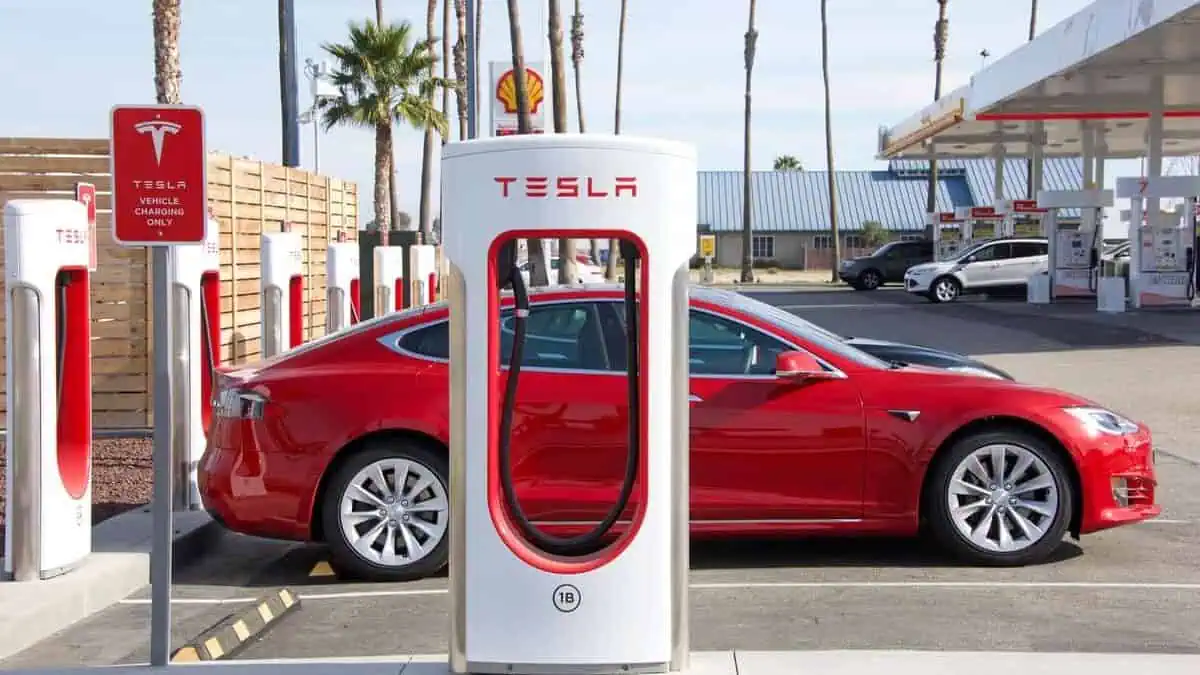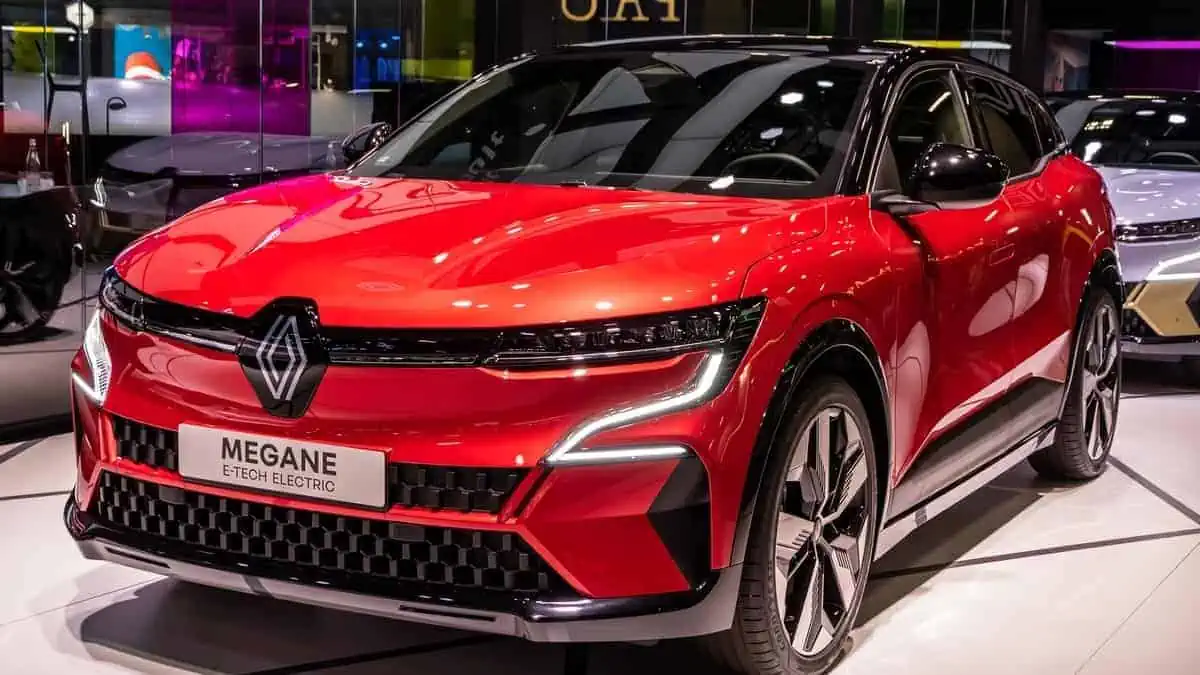The Tesla Supercharging Network launched ten years ago in September 2022. A lot has changed and improved since the first supercharge came out.
Accordingly, the company installed 4,283 stations with 38,883 individual connectors globally, per the latest third-quarter report.
The network expanded with 312 new stations and 2,718 in the last quarter. However, compared to the faster growth of EV sales, the number of Tesla vehicles per station continues to increase, noted InsideEVs.
Although the Supercharging network is Tesla’s own solution, there is also a Non-Tesla Supercharger pilot program in 14 countries across Europe that CCS2 (Combined Charging System)-compatible EVs can use, raising the number of EVs per station.
In addition, Tesla’s sales exceeded 3.24 million cumulatively by the end of Q3 2022, while the number of stations was still 4,283. This brings the number of Tesla cars to exceed 750 per station.
Notably, it is more than 20 percent higher than the prior year. However, the automaker provides solutions for the higher average number of cars per station, including increased charging power (average charging time decreases) and more stalls per station.
The data from the last quarters indicated that the company thinks it would have significantly more vehicles than stations. Meanwhile, in recent quarters, Tesla sold almost 1,200 EVs per new station and 130 new EVs per stall.
This shows that the third quarter of 2022 indicates a record of 1,102 cars per station and accommodates 127 vehicles in each stall.
Whether these numbers are an upcoming issue or not, the US government and several companies are joining hand-in-hand to improve the charging infrastructure to aid growing demand and EV sales.






